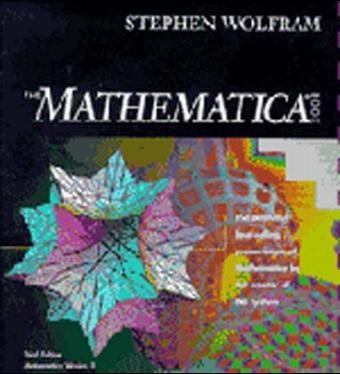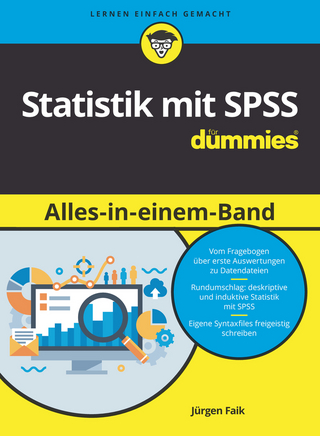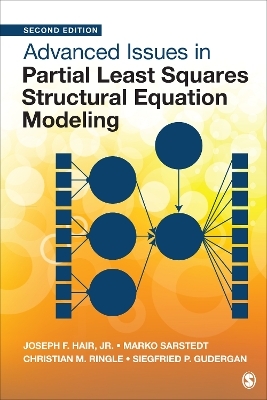
The MATHEMATICA ® Book, Version 3
Cambridge University Press (Verlag)
978-0-521-58888-1 (ISBN)
- Titel erscheint in neuer Auflage
- Artikel merken
With over a million users around the world, the Mathematica ® software system created by Stephen Wolfram has defined the direction of technical computing for nearly a decade. With its major new document and computer language technology, the new version, Mathematica 3.0 takes the top-power capabilities of Mathematica and make them accessible to a vastly broader audience. This book presents this revolutionary new version of Mathematica. The Mathematica Book is a must-have purchase for anyone who wants to understand the revolutionary opportunities in science, technology, business and education made possible by Mathematica 3.0. This encompasses a broad audience of scientists and mathematicians; engineers; computer professionals; quantitative financial analysts; medical researchers; and students at high-school, college and graduate levels. Written by the creator of the system, The Mathematica Book includes both a tutorial introduction and complete reference information, and contains a comprehensive description of how to take advantage of Mathematica's ability to solve myriad technical computing problems and its powerful graphical and typesetting capabilities. Like previous editions, the book is sure to be found well-thumbed on the desks of many technical professionals and students around the world.
Part I. A Practical Introduction to MATHEMATICA; 1.0. Running MATHEMATICA; 1.1. Numerical calculations; 1.2. Building up calculations; 1.3. Using the MATHEMATICA system; 1.4 Algebraic calculations; 1.5. Symbolic mathematics; 1.6. Numerical mathematics; 1.7. Functions and programs; 1.8. Lists; 1.9. Graphics and sound; 1.10. Input and output in Notebooks; 1.11. Files and external operations; 1.12. Special topic: internals of MATHEMATICA; Part II. Principles of MATHEMATICA; 2.1 Expressions; 2.2. Functional operations; 2.3. Patterns; 2.4. Transformation rules and definitions; 2.5. Evaluation of expressions; 2.6. Modularity and the naming of things; 2.7. Strings and characters; 2.8. Textual input and output; 2.9. The structure of graphics and sound; 2.10. Manipulating Notebooks; 2.11. Files and streams; 2.12. Mathlink and external program communication; 2.13. Global aspects of MATHEMATICA sessions; Part III. Advanced Mathematics in MATHEMATICA; 3.1. Numbers; 3.2. Mathematical functions; 3.3. Algebraic manipulation; 3.4. Manipulating equations; 3.5. Calculus; 3.6. Series, limits and residues; 3.7. Linear algebra; 3.8. Numerical operations on data; 3.9. Numerical operations on functions; 3.10. Mathematical and other notation; Formula gallery; Graphics gallery; Appendix A.MATHEMATICA reference guide; A.1. Basic objects; A.2. Input syntax; A.3. Some general notations and conventions; A.4. Evaluation; A.5. Patterns and transformation rules; A.6. Files and streams; A.7. MATHEMATICA sessions; A.8. Installing and organization of system files; A.9. Some notes on internal implementation; A.10. Listing of major built-in MATHEMATICA Objects; A.11. Listing of C functions in the Mathlink Library; A.12. Listing of named Characters; Index.
| Erscheint lt. Verlag | 13.7.1996 |
|---|---|
| Zusatzinfo | 200 Line drawings, unspecified |
| Verlagsort | Cambridge |
| Sprache | englisch |
| Maße | 211 x 232 mm |
| Gewicht | 2715 g |
| Themenwelt | Mathematik / Informatik ► Mathematik ► Computerprogramme / Computeralgebra |
| ISBN-10 | 0-521-58888-X / 052158888X |
| ISBN-13 | 978-0-521-58888-1 / 9780521588881 |
| Zustand | Neuware |
| Informationen gemäß Produktsicherheitsverordnung (GPSR) | |
| Haben Sie eine Frage zum Produkt? |
aus dem Bereich


